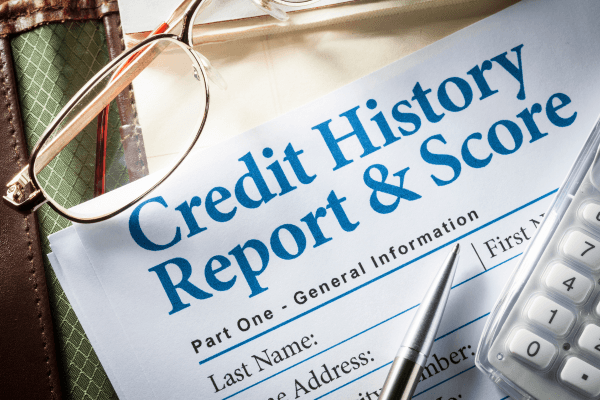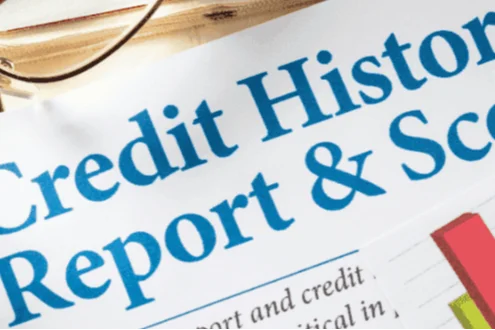Mortgage Basics
Credit Scoring Model
Your credit score plays a key role in your financial life, influencing everything from mortgage rates to loan approvals. But how is that score calculated? Credit scoring models are created using specific data points and statistical methods to determine how likely you are to repay your debts. These models aim to predict your creditworthiness by analyzing various aspects of your credit history. Understanding how these models work can help you make better decisions to improve your credit and reach your financial goals

How is a Credit Scoring Model Developed?
Credit scoring models are created by credit scoring companies using complex algorithms that analyze your credit history. These models are built on a variety of factors such as payment history, amounts owed, and types of credit used. The goal of these models is to predict the likelihood of you repaying a loan on time. While the specifics can vary, most models are designed to be objective and data-driven, offering consistent results regardless of who is reviewing your credit.
What Are the Different Types of Credit Scoring Models?
There are several different types of credit scoring models used by lenders to evaluate your creditworthiness, but the two most widely used are the FICO Score and VantageScore.
FICO Score
The FICO score is the most common credit scoring model used by lenders, including mortgage lenders, and is used by all three major credit bureaus: Equifax, Experian, and TransUnion. FICO scores range from 300 to 850, and they are used to assess a consumer’s credit risk. Your FICO score is determined by factors such as:
- Payment History (35%): Whether you've paid your credit accounts on time.
- Amounts Owed (30%): How much debt you owe compared to your available credit.
- Length of Credit History (15%): The longer your credit history, the better.
- New Credit (10%): New credit inquiries can lower your score.
- Types of Credit Used (10%): A mix of credit types is beneficial.
The FICO score is used by most lenders, including banks, mortgage lenders, and credit card companies, as it is proven to be the most reliable indicator of your credit risk.
VantageScore
VantageScore, developed by the three major credit bureaus, is another scoring model used by some lenders. It also ranges from 300 to 850, but it calculates your score slightly differently, with a stronger emphasis on your recent credit behavior. While it is gaining popularity, the VantageScore model is not as widely used as the FICO score, especially in the mortgage industry.
Take Control of Your Credit Score Today!
Credit scoring models are essential tools used by lenders to assess your creditworthiness and determine loan terms. The most common model is the FICO score, which is used by the three major credit bureaus to determine your credit risk. While there are other models, like VantageScore, FICO remains the standard in the mortgage industry. Understanding how these models work and how your actions affect your credit score can help you take control of your financial future. If you're looking to buy a home or secure better loan rates, improving your credit score is one of the best ways to start.



